
It’s called the Silver Tsunami, an aging and often fragile population that threatens to swamp our health care system. By 2030, 1 in 5 Minnesotans will be 65 years or older.
Two researchers from the University of Minnesota Medical School rise to meet this daunting challenge.
Dr. James Pacala—head of the Department of Family Medicine and Community Health—leads a project charged with preparing our state’s doctors and nurses.
Dr. Laura Niedernhofer—director of the Institute on the Biology of Aging and Metabolism, one of four Medical Discovery Teams funded by the state—works on treatments that could help keep us out of the healthcare system altogether.
Says Dr. Jakub Tolar, dean of the University of Minnesota Medical School: “We’re not talking about longevity or immortality. We’re talking about a way to have a longer time without being pushed to the outside edges of our lives.”

The very thing that draws Dr. Pacala to geriatrics is the very problem we’re facing. He likes the collaborative challenge of helping patients who, as part of the natural process of aging, come to him with not just one, but multiple medical issues.
Trouble is, there aren’t enough doctors who share his passion to help a population that, for the first time in our history, will have more older people than younger people.
And, so, Dr. Pacala heads a federally funded project—the Minnesota Northstar Geriatrics Workforce Enhancement Program (MN GWEP)—that aims to pass his specialty’s knowledge on to our caregivers on the frontlines.
Key to improved care is focusing on the specific needs of older patients and customizing the clinical approach, the same way pregnant or pediatric patients are treated.
“When you think about older adults, particularly those in the last chapter of their life, their goals of care may be very, very different than, say, a 30-year-old.”
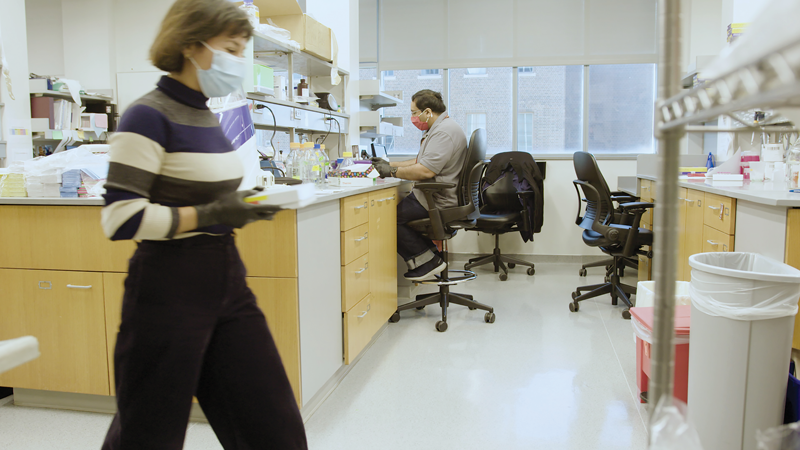
Old age isn’t the problem. It’s the diseases that pile up with years. Dr. Niedernhofer and her 30-person team have identified a culprit that can make our golden years not so golden.
Inside all of us, she explains, are a trillion or so cells, each subject to damage from their environment. Over time, the DNA blueprint that each of them carries and uses not just to create new cells, but to make repairs, can get damaged.
When that happens, they become senescent, a state in which they no longer perform their function. Some senescent cells stay in the body secreting chemicals that invite the immune system to kill them off so they don’t become dangerous cancer cells. That, in turn, causes chronic inflammation that, Dr. Niedernhofer believes, causes many, and maybe even all, of the diseases of old age.
Her team’s solution—a family of treatments called senolytics—are in clinical trials right now. These medications target and destroy damaged senescent cells, reducing the need for the immune system to mount an inflammatory response and, in the process, quite possibly eliminating diseases that result from it.
“Our hope is that these medications are widely available within this decade—and that they can help keep elderly people healthier, mobile, active and independent.”
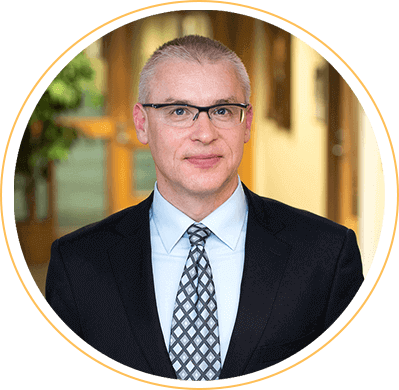
Dean of the University of Minnesota Medical School
Tolar is confident our health care system will be ready for the Silver Tsunami bearing down on it.
Medicine has risen to past challenges, like heart disease in the 50s and cancers in the 60s.
“Science works,” Tolar says, “and aligned with compassionate doctoring it provides solutions for the future.”
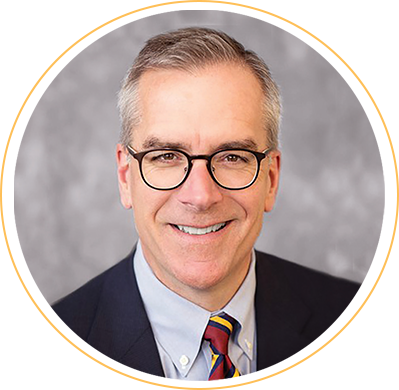
head of the Department of Family Medicine and Community Health
One of only 7,000 geriatricians in the U.S., Pacala believes that meeting the needs of our aging population can be done by educating all health professionals about age-friendly care – shifting the emphasis from curing to caring. “Once our workforce is trained to do that, our older adults will live better, more fulfilling lives and they may even live longer.”
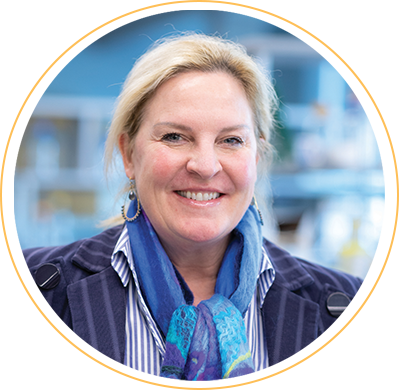
Director of the Institute on the Biology of Aging and Metabolism
The drugs Niedernhofer and her team are developing may help us live healthier longer. These medications – called senolytics – target and destroy cells that, especially as we age, are damaged beyond repair and secrete chemicals that cause inflammation and, as a result, a whole host of diseases.
Inspired
M Health Fairview Clinic – Smiley’s
MNGWEP
University of Minnesota Medical Discovery Teams